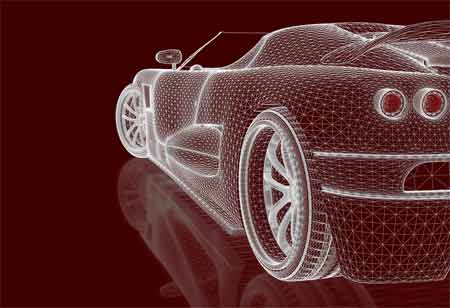Thank you for Subscribing to Auto Business Outlook Weekly Brief
Importance of Automation in Microbiology
Laboratories have utilized automation for decades, and every laboratory machinery application may be named automation.

By
Auto Business Outlook | Friday, March 24, 2023
Stay ahead of the industry with exclusive feature stories on the top companies, expert insights and the latest news delivered straight to your inbox. Subscribe today.

Automation is a rising trend in every field of scientific research. This article will explore how automation is utilized more in microbiology and how it helps current laboratory-found research.
Fremont, CA: Laboratories have utilized automation for decades, and every laboratory machinery application may be named automation. Automation is the evolution from manual to machine work. The centrifuge is a good illustration of laboratory automation applied for numerous years.
Lately, there has been a growth in demand for systems that automate the complete workflow process. For illustration, there has been a comprehensive study into the evolution of automated devices that study blood culture, constantly watch culture evolution, or choose the minimum inhibitory focus.
The two major components of laboratory automation are hardware and process. These two notions get inextricably intertwined as converting the process to attain automation potentials supports realizing hardware automation capacity. Automation needs a well-formed and adaptable hardware control system.
Significance of Automation In Microbiology
Microbiology laboratories are fastly transforming, with different shifts presenting blocks for researchers. Moreover, studies' intricacy and coexisting costs are rising, with stakeholders like commercial payers and governments exerting pressure on clinical researchers. These limitations and barriers are making coalition and centralized facilities more essential. Among the current objectives of microbiology are cost-lessening, faster turnaround, and raised testing efficiency.
Microbiology investigations help greatly from complete automation of the whole testing procedure. It helps in the productivity of investigations and the safety of researchers. The present subject of debate among microbiologists is achieving "complete lab automation," which is automating all stages in the diagnostic workflow from injection to last findings.
Workflow is a multilevel procedure with multiple components. In microbiological research investigations, an excellent laboratory automation system should be able to manage different agar plates, broths, slides, and specimen containers, for illustration. Inoculated samples must get provided to labs, and culture impacts must be analyzed and documented. Ultimately, follow-up work must get started if required. Ideally, the enrollment of specimens as they arrive at the lab and the practice of reports should be automated.
Numerous samples may be reviewed simultaneously through automated reading, which would be time-taking for clinical researchers, raising study time and total costs.






